Fast = 4Msps Maximum. Slow = 2Msps Maximum. Actual performance depends on external input impedance.
From page 32 of STM32G474xB STM32G474xC STM32G474xE datasheet
4 Msps maximum conversion rate with full resolution
– Down to 41.67 ns sampling time
– Increased conversion rate for lower resolution (up to 6.66 Msps for 6-bit
resolution)
Fast is a maximum of 4Msps at 12-bit. Decrease resolution and it can be faster. Actual rate depends upon external input impedance \$(R_{AIN}\$ and \$C_{Parasitic})\$.
Table 68. ADC accuracy - limited test conditions
Fast channels@4Msps
Slow channels@2Msps
Table shows accuracy for Slow at 2Msps. Again actual rate depends upon external input impedance \$(R_{AIN}\$ and \$C_{Parasitic})\$.
From p153.

Page 142 gives \$R_{AIN}\$ for different resolutions. 12-bit being:

AN2834 - Application note - How to get the best ADC accuracy in STM32 microcontrollers gives more details (and possibly a tool) for fast/slow channels measurements at the same \$R_{AIN}\$ and \$C_{AIN}\$ \$(C_{Parasitic})\$. There may be a problem with this Note since different STM32 microcontrollers have different ADC sampling rates.
Edit
From UM2570 User manual - Description of STM32G4 HAL and low-layer drivers:
On STM32G4, fast channel allows: 2.5 (sampling) + 12.5 (conversion) = 15 ADC clock cycles (fADC) to convert in 12-bit resolution. Other channels are slow channels allows: 6.5 (sampling) + 12.5 (conversion) = 19 ADC clock cycles (fADC) to convert in 12-bit resolution.
fADC = 60 MHz. So 15 clock cycles @ 60MHz = 4Msps maximum. But 19 @ 60MHz means 3.16Msps, which is significantly different from 2Msps.


